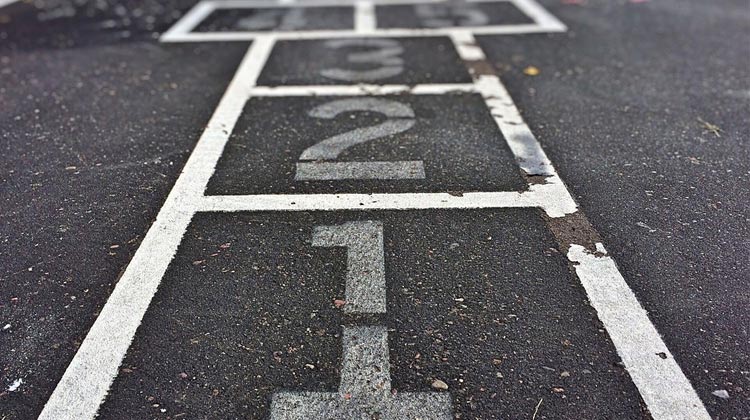School Playgrounds Floors
We all know that as children grow older, they become more inquisitive of their surroundings and have the urge to explore everything. Exploring their surroundings is essential for a child's development and risk-taking is an especially important role in children’s play. It is therefore essential that play areas and playgrounds have high standards of safety for their equipment and flooring to reduce any potential accidents. Here are some ideas of how schools or play areas can create a safe space for children to explore and have fun.
Testing
Firstly, it’s important to be aware of existing regulations that ensure play areas are safe for use. Playground Managers may be sued for negligence if they fail to take reasonable care to ensure their playgrounds are safe and avoid any accidents that they could reasonably have foreseen would happen. This emphasises the need for the testing of the play areas and is outlined by the British Standards.
- The BS 7188 is a performance test that proves the surfaces meets the correct slip resistance for general playing circumstances. This is good to use to check that the facility is safe for children running around, especially in wet weather.
- The BSEN 1177 is a safety test which determines the critical fall height and head injury criteria which is set out for the playground equipment manufacturers and suppliers.
- The BSEN 1176 focuses on safe surfaces and is about the free fall space between the surface and the platform on the play area equipment.
Equipment
Of all of the playground equipment involved in fall injuries the figures suggest that, slides, climbers and swings are the top causes. Therefore, it is important that suppliers get the material right first time.
Larger outdoor equipment tends to be made of metal or wood, with high-traffic equipment, like slides, swings, and climbers in public playgrounds, usually made of metal. Metal playground equipment is made of durable steel and comes in a variety of color coatings. Metal is often preferred within a commercial environment, whereas, wood is popular within residential playgrounds due to its natural appearance. However, it is important that both metal and wood get thorough maintenance to prevent deterioration caused by factors such as weathering. It is vital that these surfaces have the correct sealing or coatings to prevent heat-related injuries in metal and splinters from wood.
Flooring
- Artificial Grass - This creates a great outdoor area for children and is much more pleasant and inviting than other duller options like tarmac or asphalt. Furthermore, it has other benefits over materials like tarmac as it is much softer and safer for children who may fall from equipment or trip over.
- Rubber Matting - If you already have an existing playground that has grass and you need to improve the slip resistance whilst keeping costs low, you can introduce rubber matting. Benefits include reduced slippage when wet, prevents children getting muddy when they land directly on the soil and stops the grass wearing away.
- Rubber Mulch - This creates a soft but solid playground floor made from recycled rubber pieces bonded together. The appearance is similar to natural bark but provides additional stability as it is fixed in place, ready to cushion any trips or falls.
Here at National Testing we are UKAS accredited and can offer expert slip safety advice, whether you're designing a new playground or risk assessing an existing one. We can guide you through the best flooring materials for your needs as well as a robust slip testing report - get in touch with our team today.

